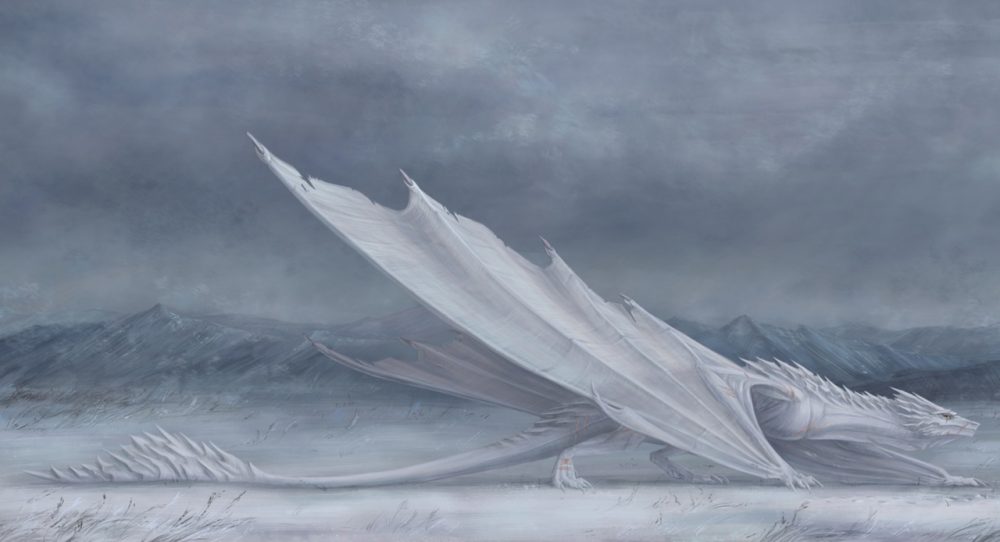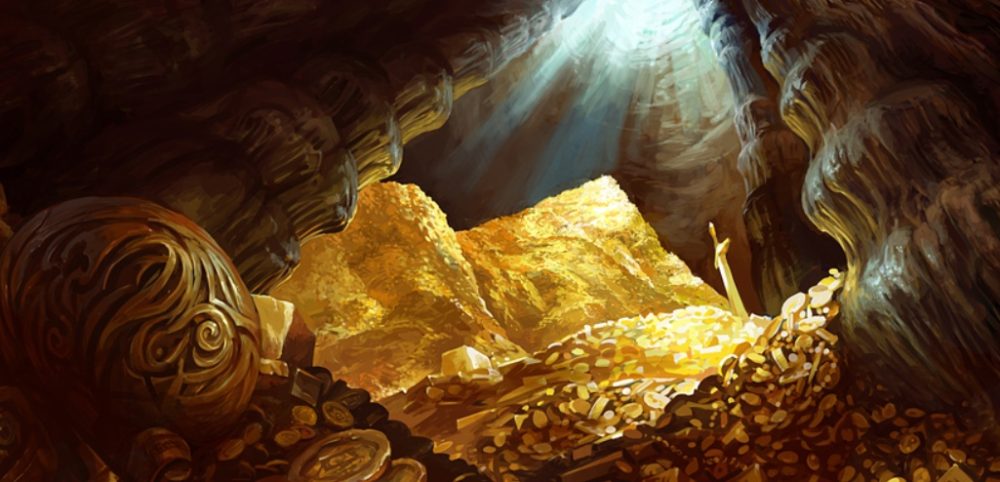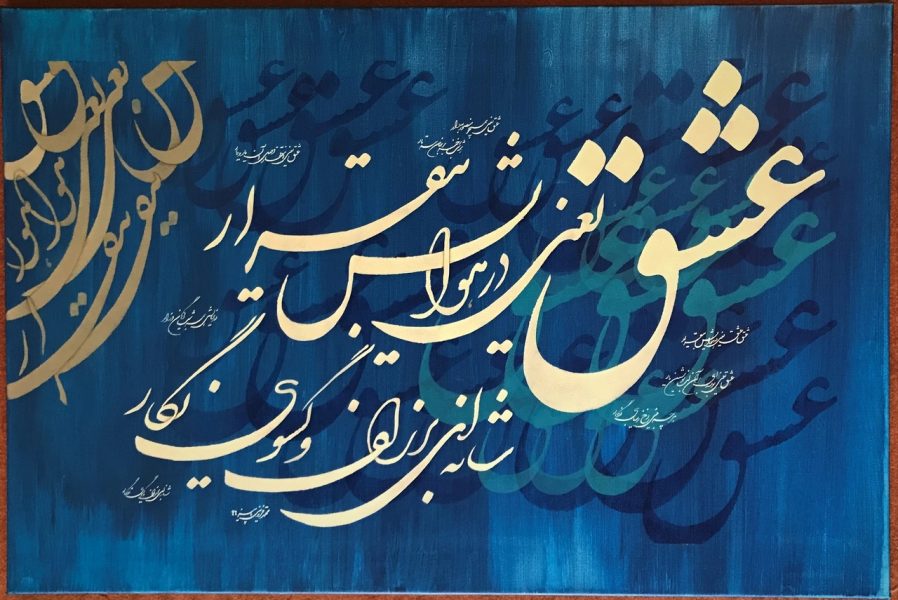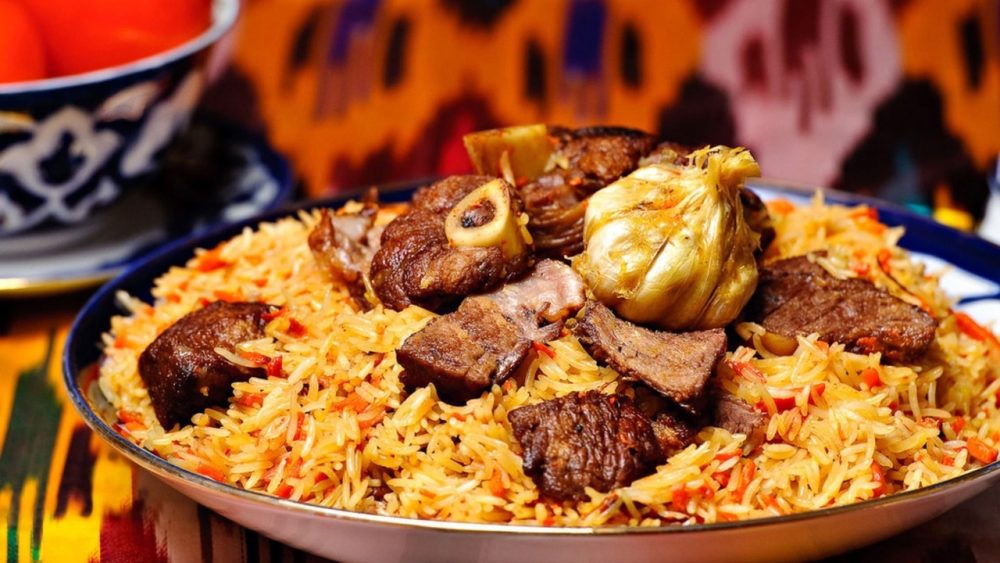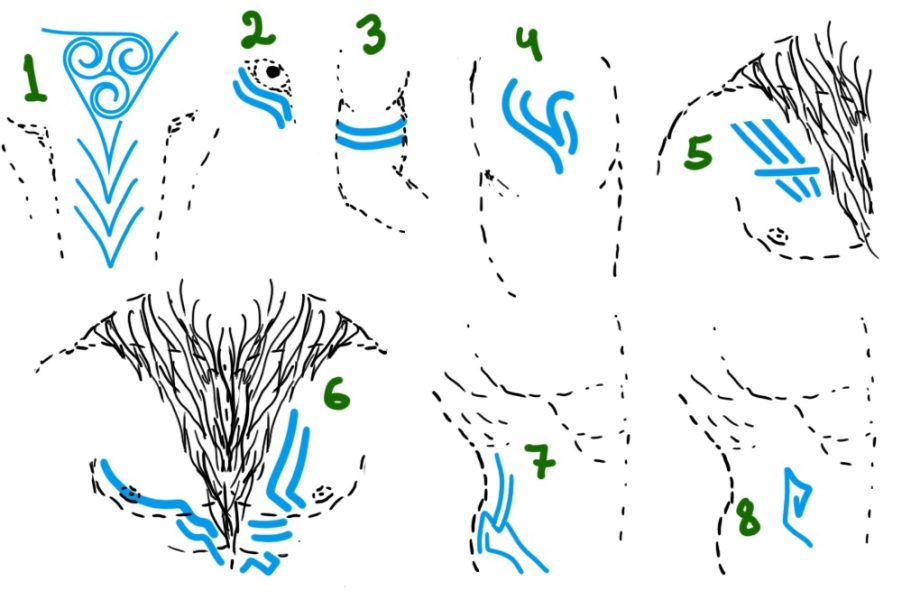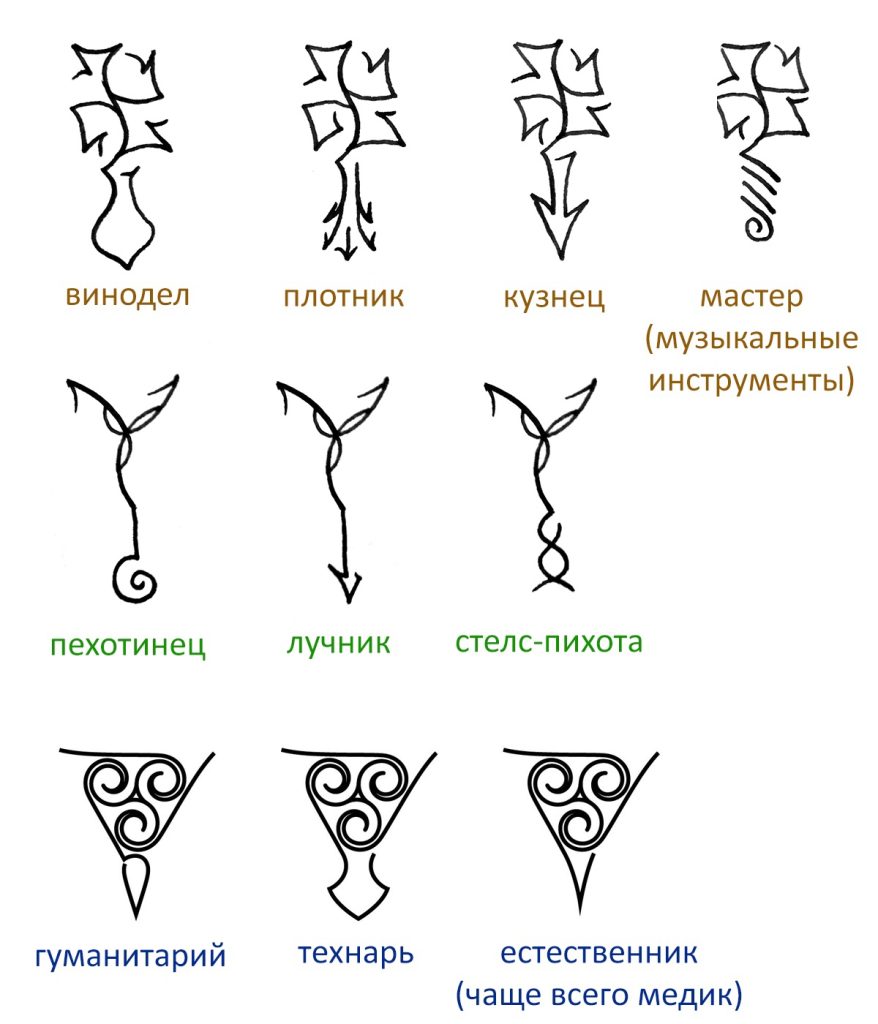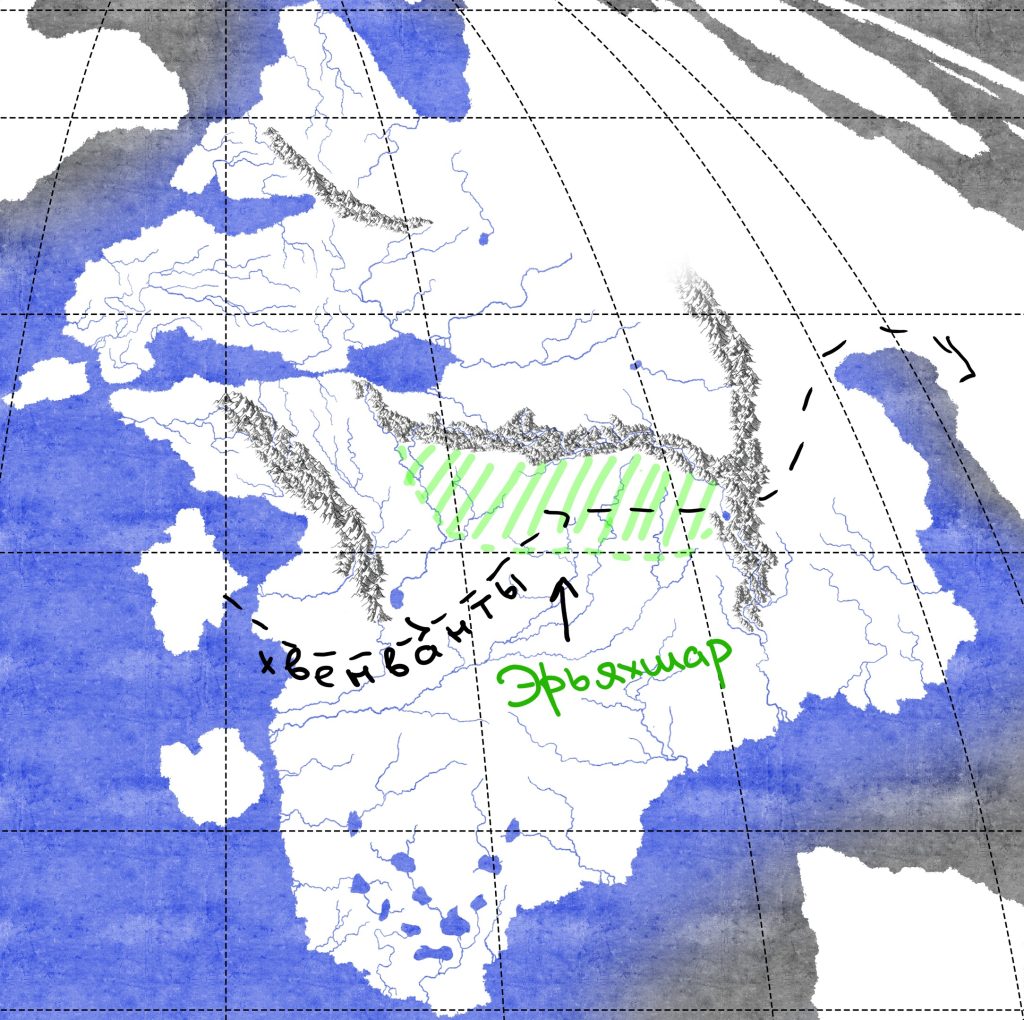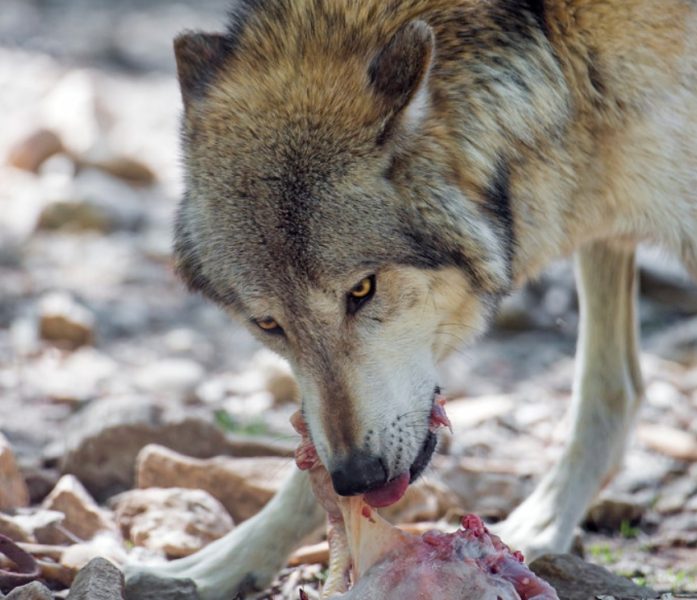Some news from the documents we found. But first, a brief historical excursion.
Once upon a time there lived a historical character named Areg. He was a dragar and a famous researcher of magic, but very controversial: some describe him as completely white, others - as coal black. Everyone says that he died a lot of years ago (more than twelve thousand), but in the fourth century there is evidence of his appearance over the coastal territories of the Glinar elves. Or rather, how they look like this: a huge white spot flew over Eleria, froze over the sea and said the following phrase: "These are my children, in whom is my blessing."And then just
exploded.
Adequate Draghars don't usually do that, as far as I understand, but judging by the information we have about Areg, he was quite eccentric.
And now directly to the news. Somewhere in the posts earlier I mentioned that we found correspondence between two people in classical Glinnar. And here is a quote (a man writes to a woman):
“Areg told you that you can use even your memory for both evil and good.”
So, it turns out that Areg really was alive at that time and really communicated with someone. Question: why didn't we know about this before?
As always, we will keep you updated.

